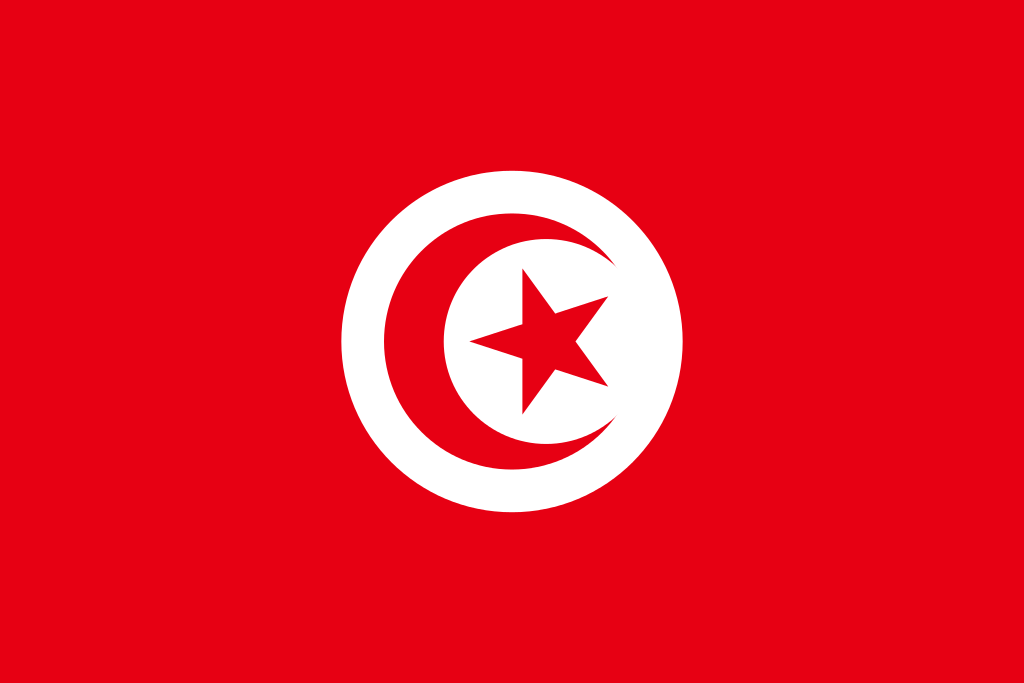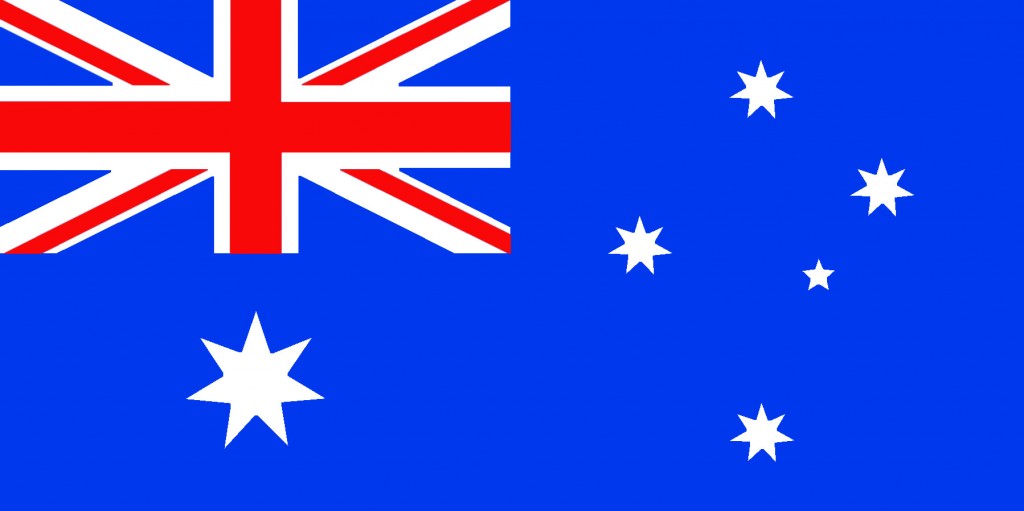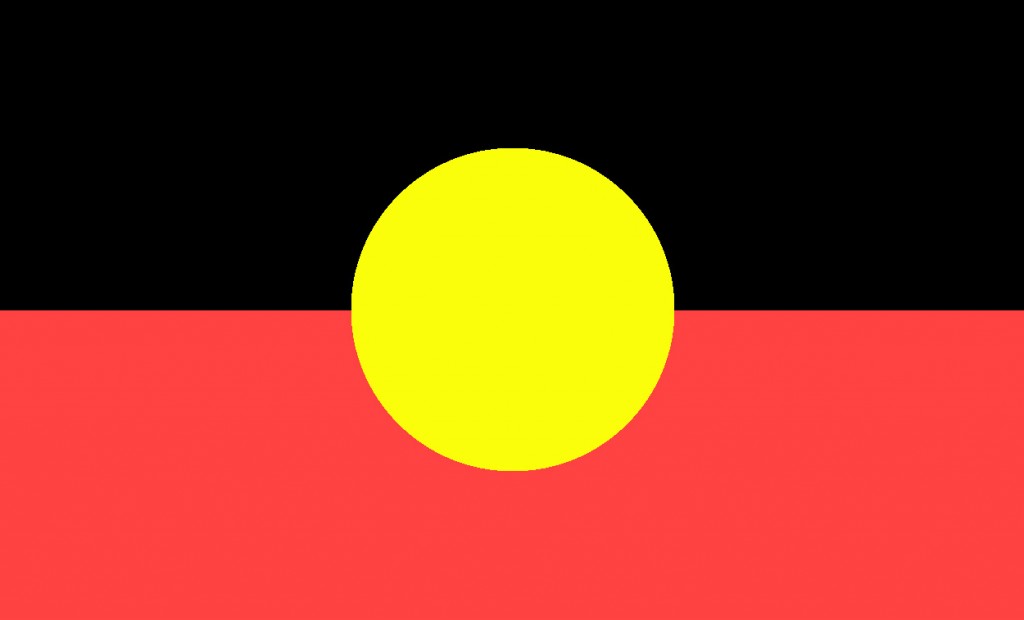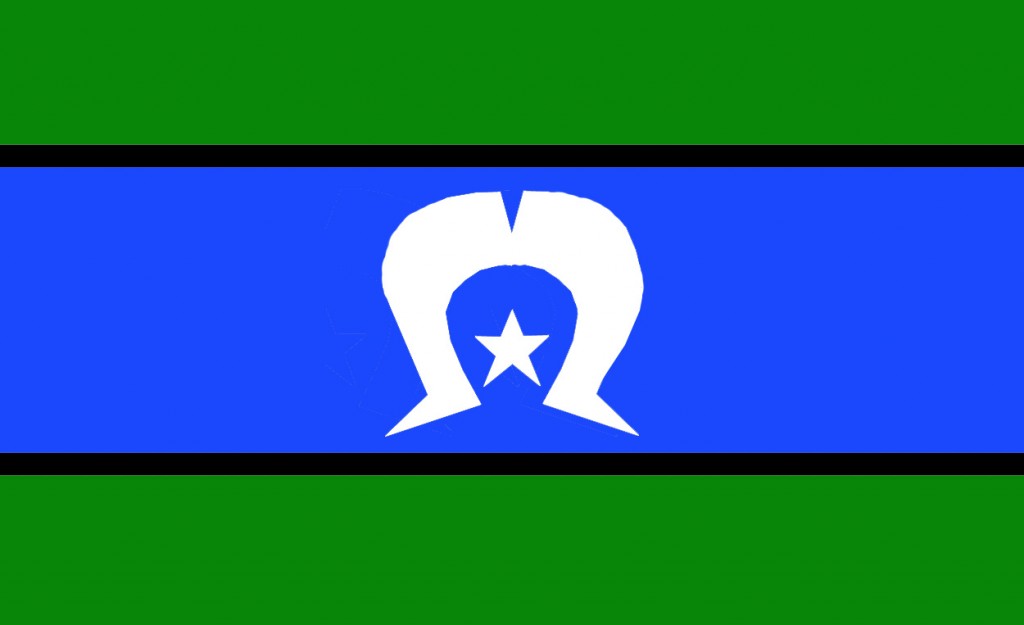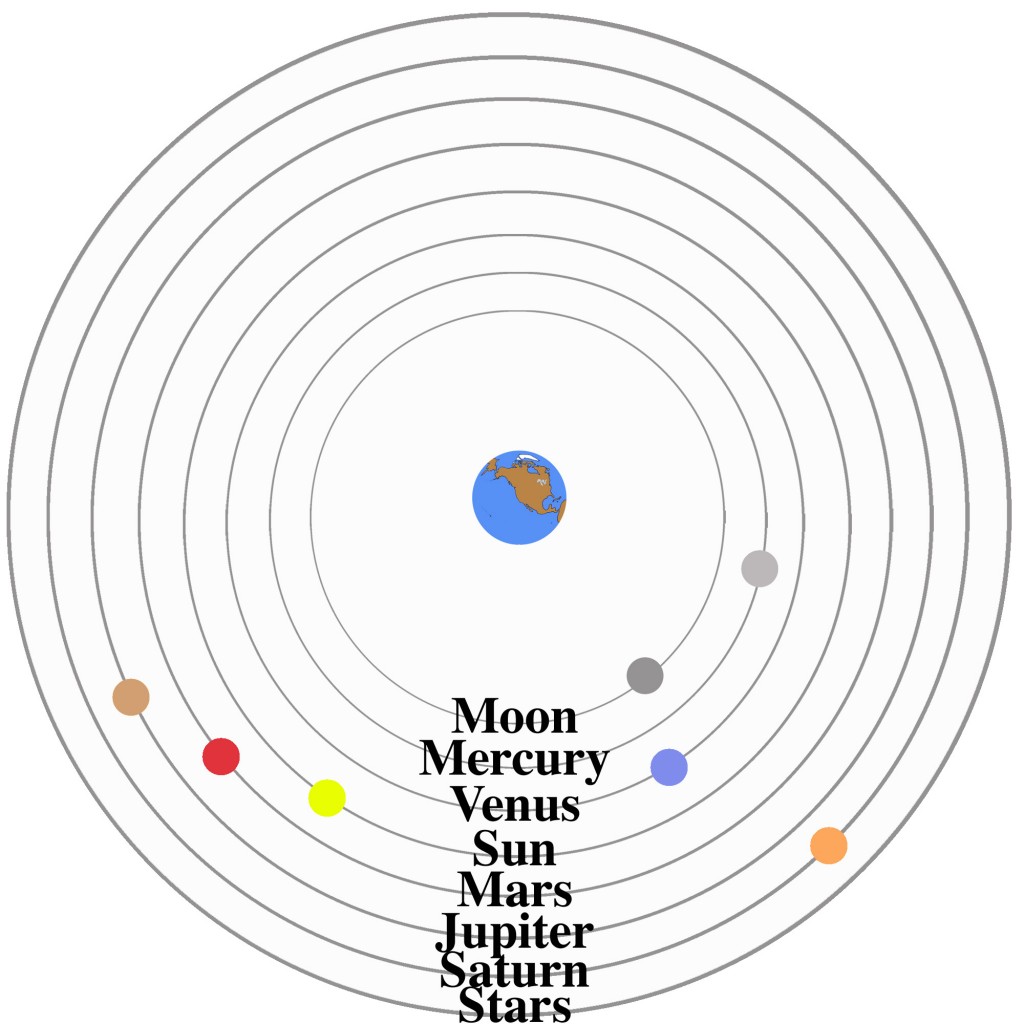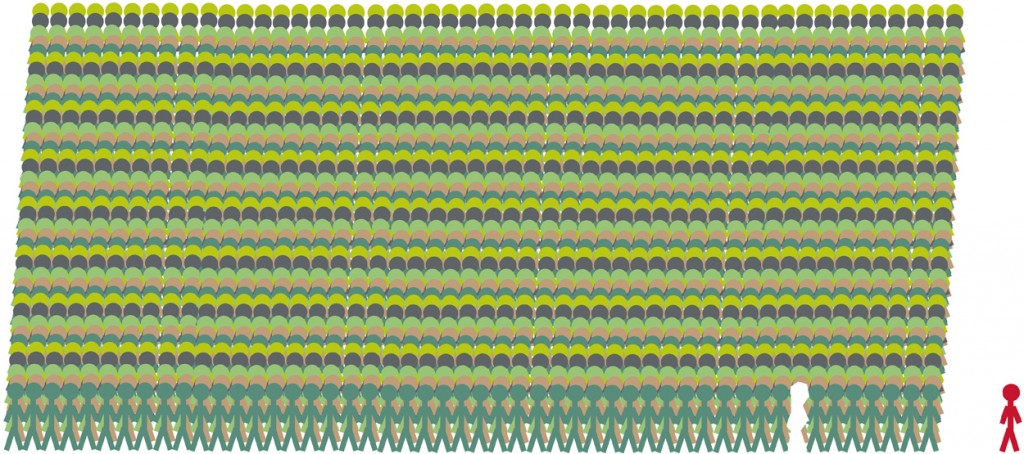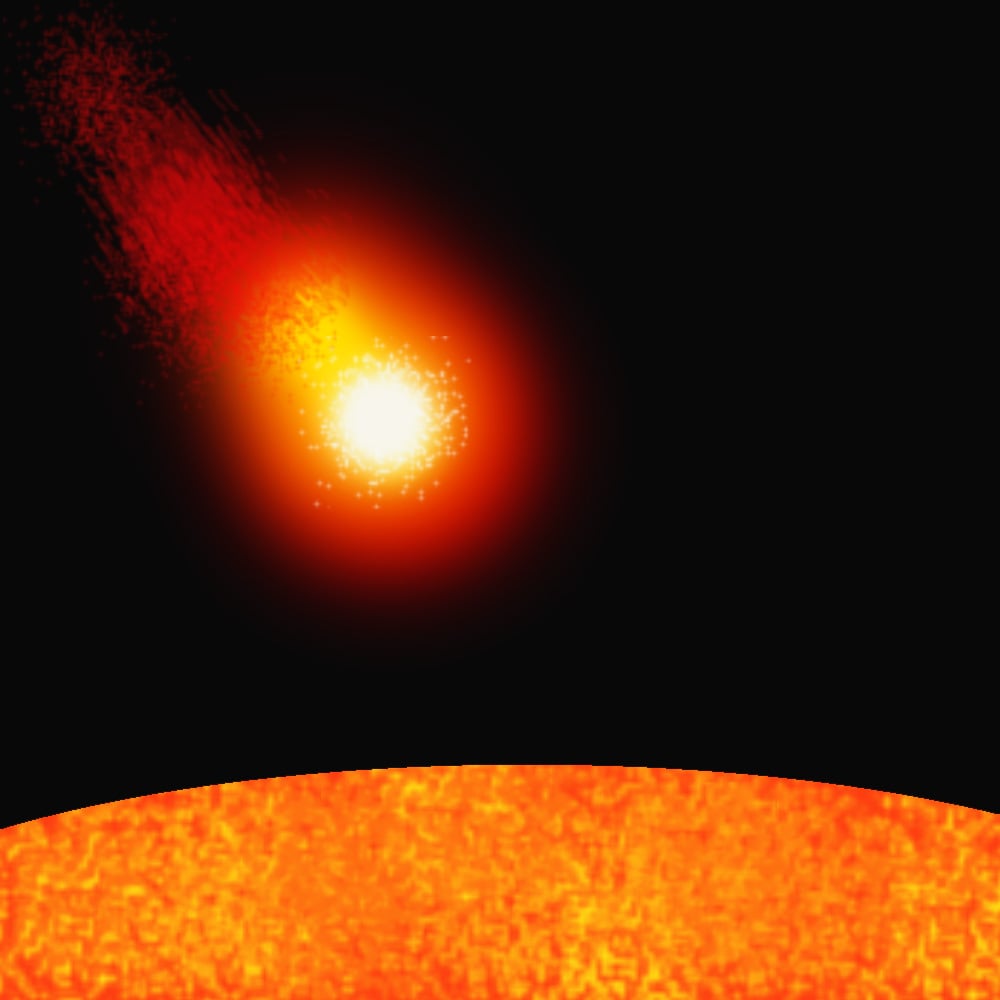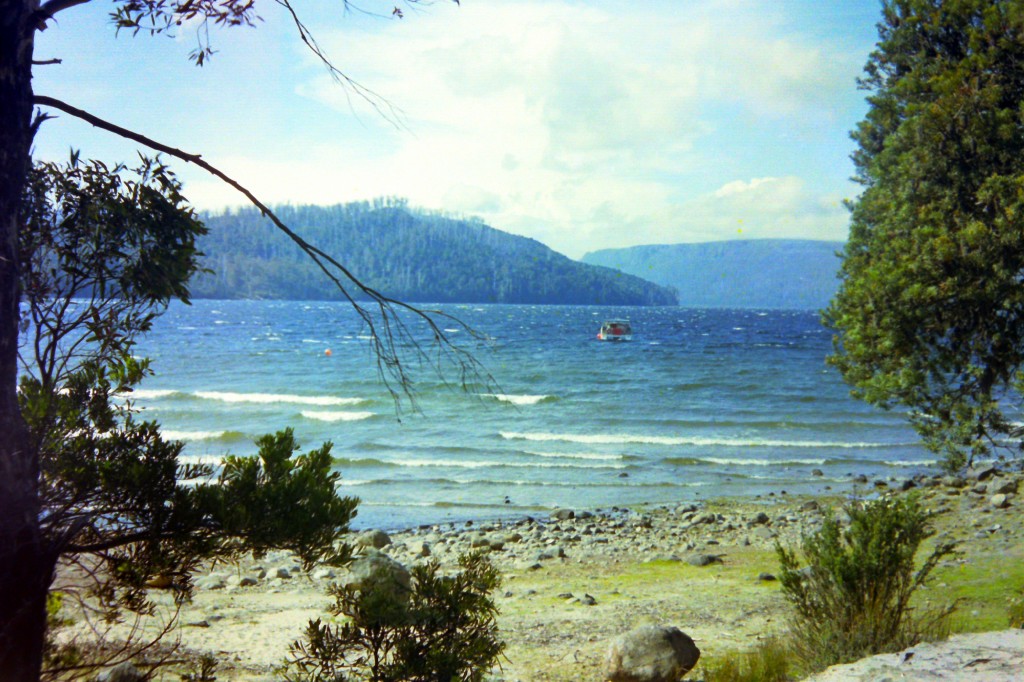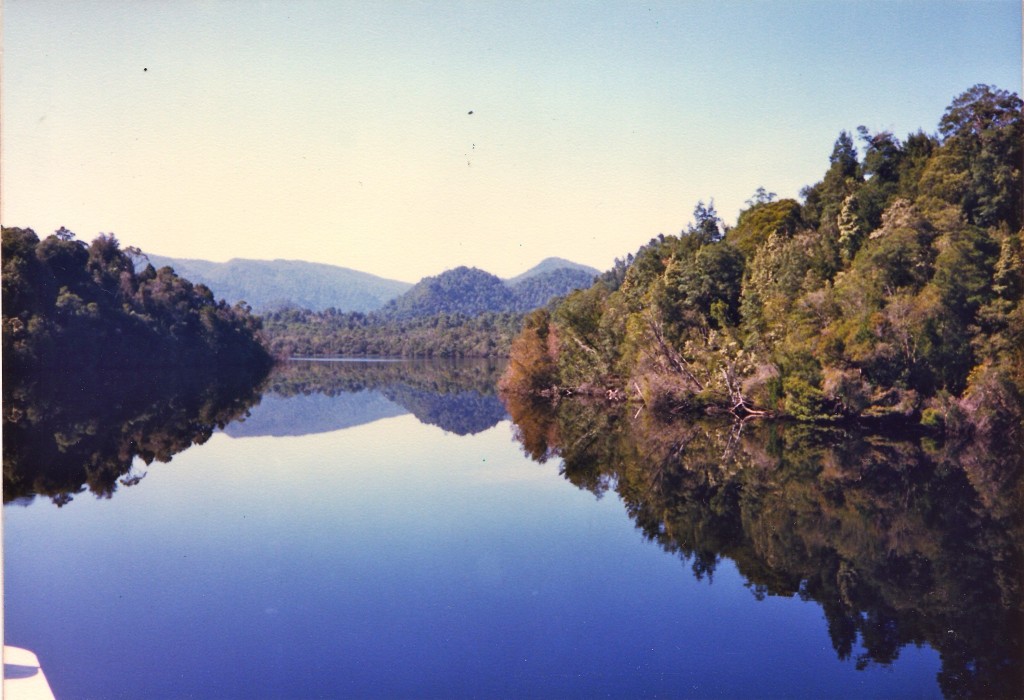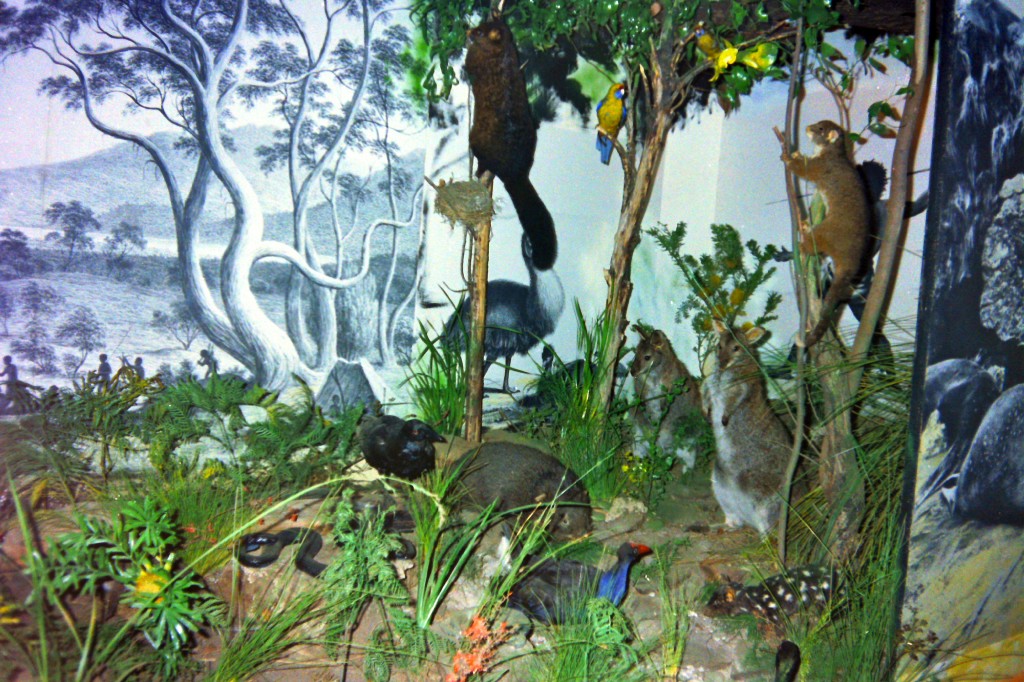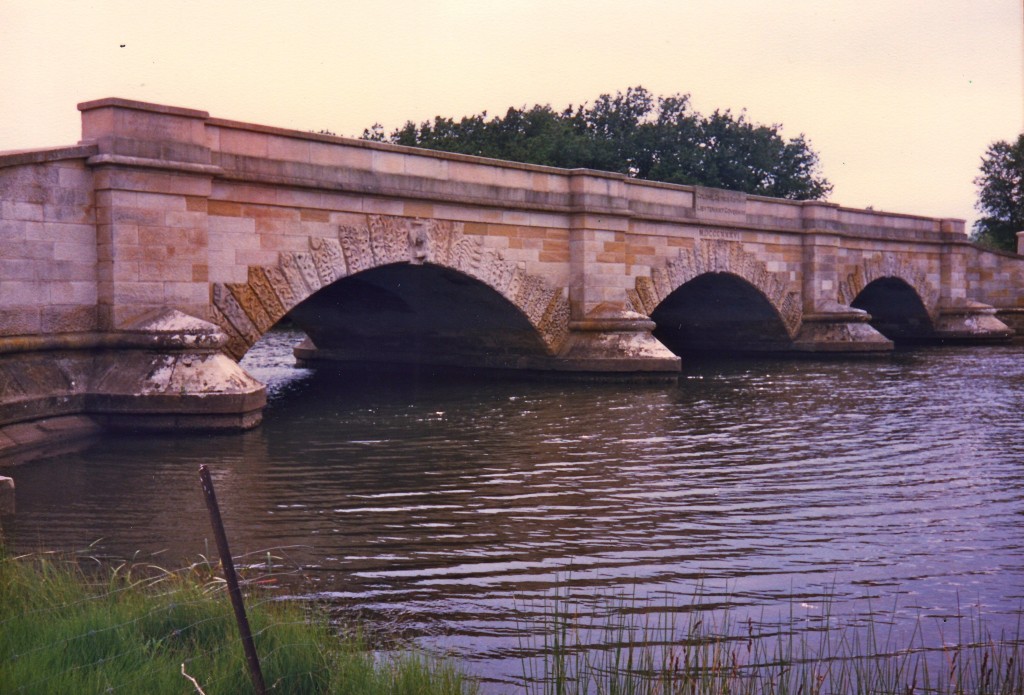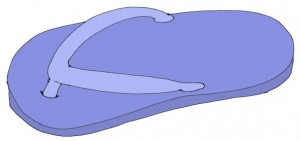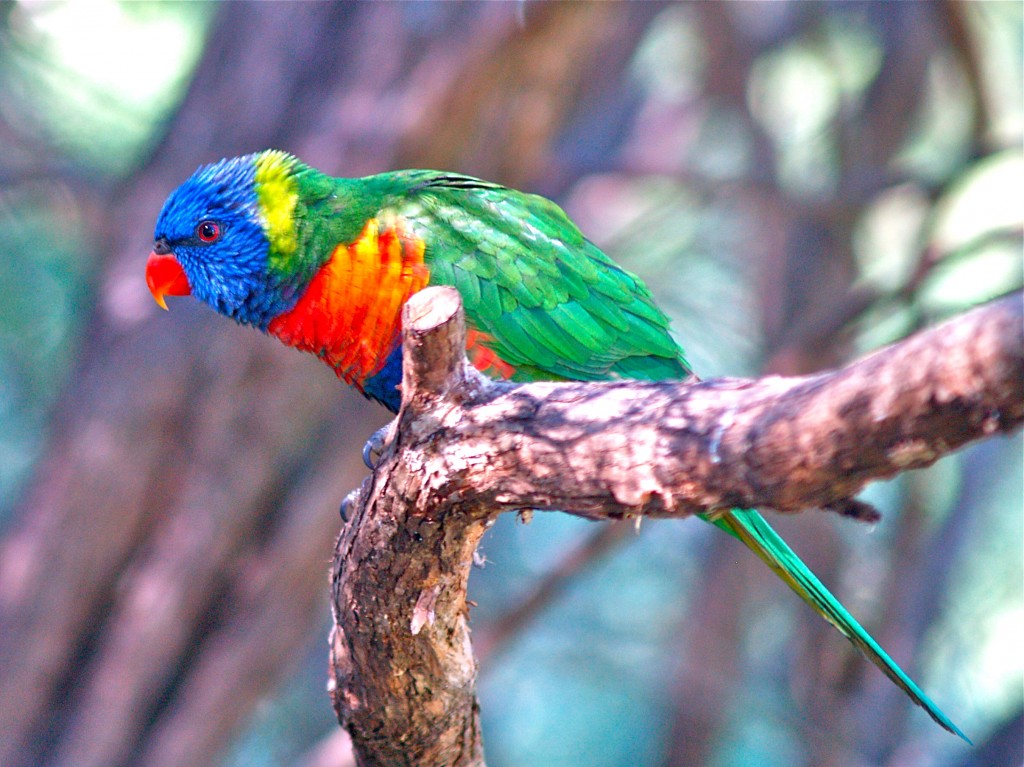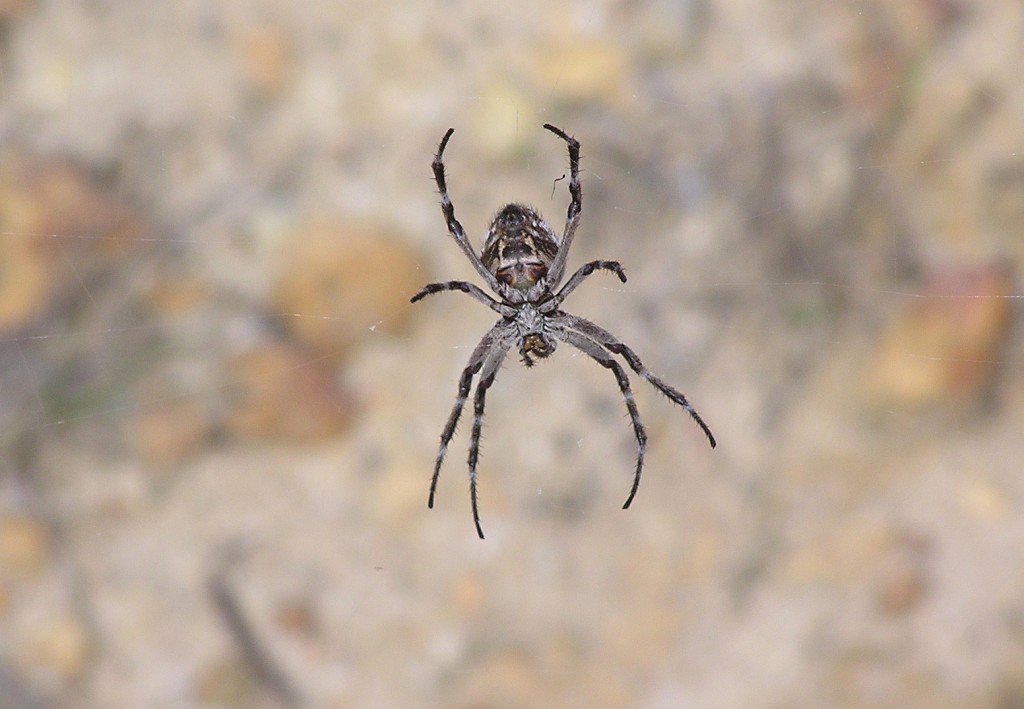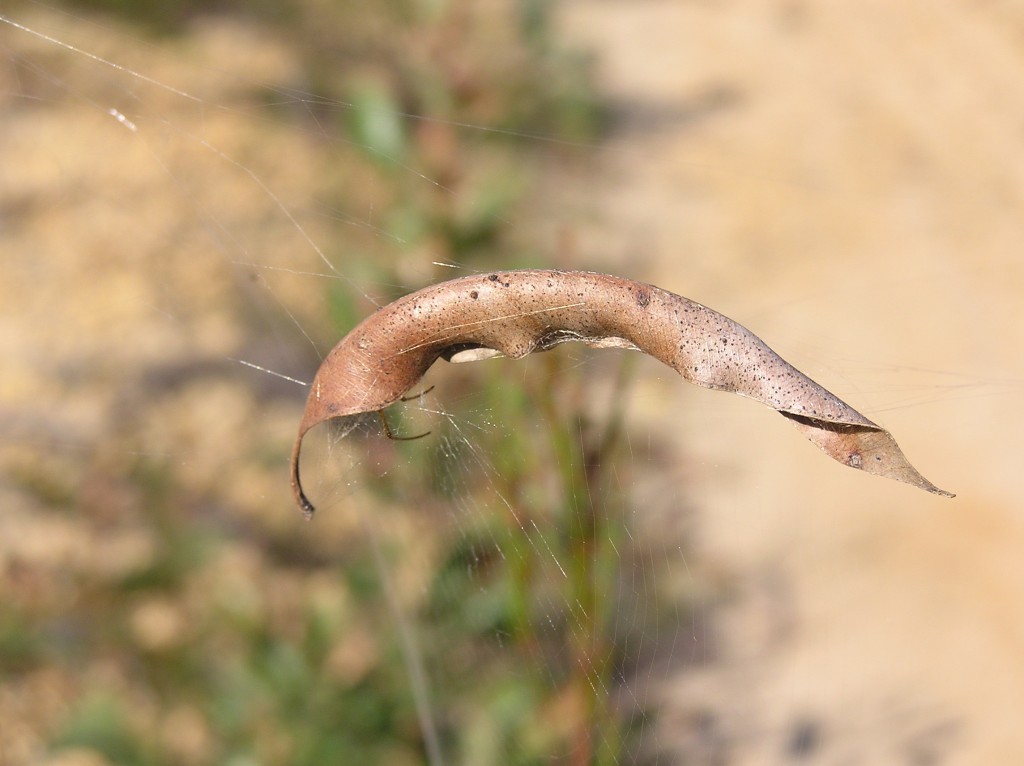Battalion Hawk Bloggers have prepared a post on their marionettes...
Presenting...our GLOBAL Marionettes!
Hello Battalion Hawk Bloggers,
I was very impressed when I saw your Global Marionette presentation. With 200 nations in our world, it can be hard to decide which countries to represent and/or study but you have chosen four very interesting countries of a most certainly global nature. Here are our world's seven continents in their order from largest to smallest area and the countries you have chosen...
Asia - India - Often said to be the Indian sub-continent because it had once been separate but continental drift had it collide into Asia and caused the rise of the Himalayan mountains.
Flag of India
Nations of Asia table
Africa - Tunisia - The smallest North African nation.
Flag of Tunisia
List of sovereign states & dependent territories in Africa
North America - This is your home continent so you have it covered. You live there.
List of sovereign states and dependent territories in North America
South America - Peru - We have shared your studies on this country.
Flag of Peru
List of sovereign states and dependent territories in South America
Antarctica - This continent is international. While some countries, including Australia, lay claim to parts of it there are no real borders and no people living there permanently.
Europe - Ukraine - Once part of the former U.S.S.R., it is an independent nation.
Flag of Ukraine
List of sovereign states and dependent territories in Europe
Australia - The only continent that is one country. I don't know of any national costume for Australia so clothing for a marionette could have many options. As well as the native Australians (Aborigines), Australians have many cultural backgrounds. My heritage before Australia is Scottish and English but I know my ancestors stretch across Europe, Africa and Asia. We are all in one big family.
Flag of Australia
Types of Puppetry
All of the below embedded You Tube clips are not my work.
Since I was little, puppets have interested me so I carried out a little research through Wikipedia to see what kinds of puppets can be made. Here are the types and You Tube clips of some I found and I must admit I hadn't heard of all the listed types...
-
Black light puppet
Chelsea, Rayann and Rebecca from Battalion Hawk Bloggers were interested in black light puppetry. I explained black light (ultraviolet) puppetry doesn't need to be complicated. White paint or material can be used to make the puppets. Below is another black light puppet video from You Tube. The puppets are gloved hands with the people wearing black...
An ad has been playing on Australian television recently. It seems to be the actors in the ad are wearing fluorescent suits where colours can be turned off and on. They look like black light puppets but may be black light/body puppets.
-
Bunraku puppet
-
Carnival or body puppet
-
Finger puppet
-
Sock puppet
-
Hand puppet or glove puppet
-
Human-arm puppet
-
Light curtain puppet
-
Marionette
Jayden and Joyce were interested in the goat marionette video so I've embedded another video clip, this time of a marionette clip from "The Sound of Music".
-
Marotte
-
Pull string puppet
-
Push puppet
-
Toy theatre
-
Rod puppet
-
Shadow puppet
-
Supermarionation
-
Ticklebug
-
Table top puppet
-
Ventriloquism dummy
-
Water puppet
-
Object Puppet
I've added another below because this type includes my favourite puppet you will see at the end of the post. This type is really two types combined.
-
Hand and Rod Puppet
Wikipedia Reference if you want to find out more.... Types of Puppetry
Can you see what type of puppets you made? Visit the "Types of Puppetry" link to read more.
Over the years I have made, used or seen a number of the puppet types. My classes have made finger, glove, shadow, sock and rod puppets. They can be sometimes messy to make but are always fun, especially when they're ready to use. 🙂
Recently, puppets have made it to big stage productions. Perhaps some of you have heard of the production, "War Horse". I find their puppets fascinating, particularly the adult horse, Joey. Below is a You Tube clip showing the ad for the production. Watch to see how puppets become "real" members of the stage show.
This is an embedded You Tube clip and is not my work.
Who or what is my favourite puppet? He is a hand and rod puppet you might know...
Christopher was asking about The Muppets and the number of types they used. Below are some more Muppet clips. You will see glove, glove and rod, and body puppets. Cane you see other types?
Body puppets start what once introduced The Muppet Show on television.
This clip shows glove puppets. At the end Kermit (glove and rod) appears.
And for another student who likes Elmo.


